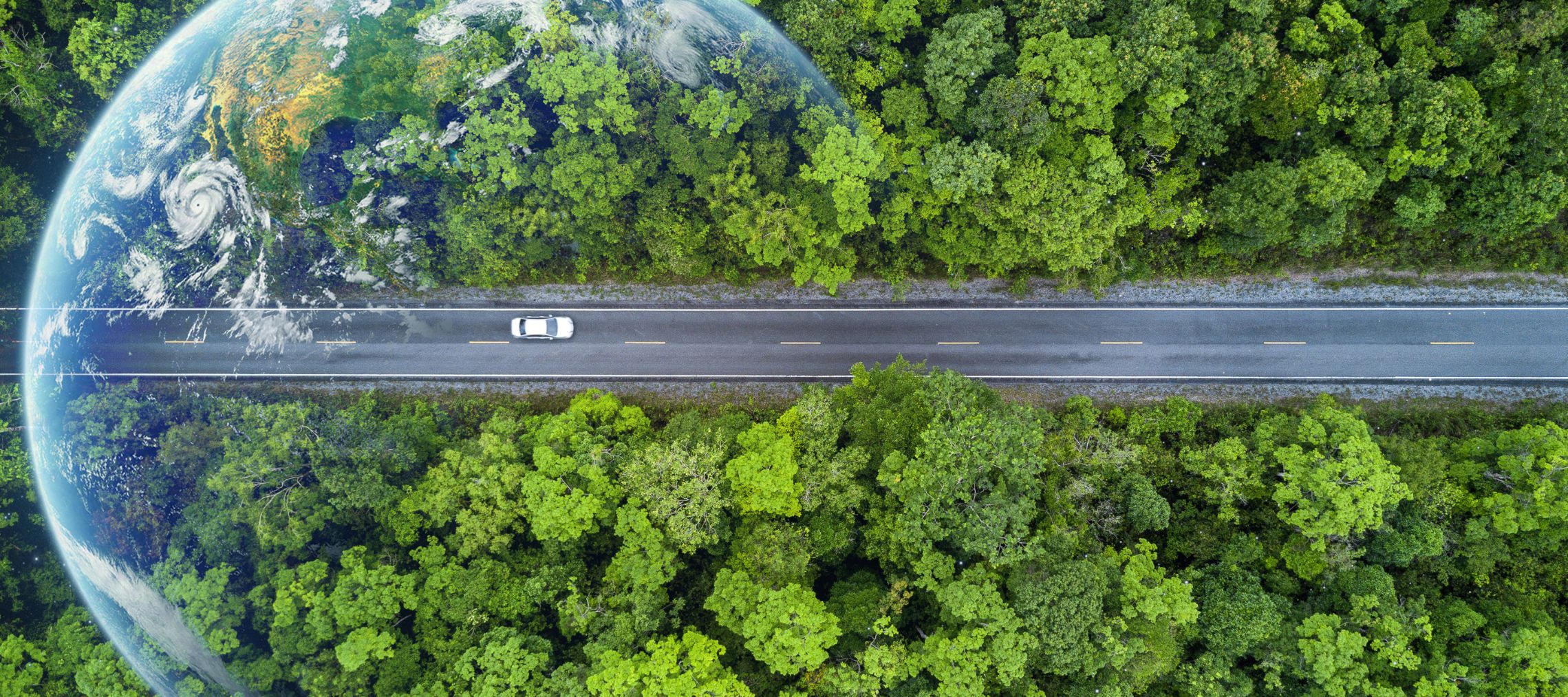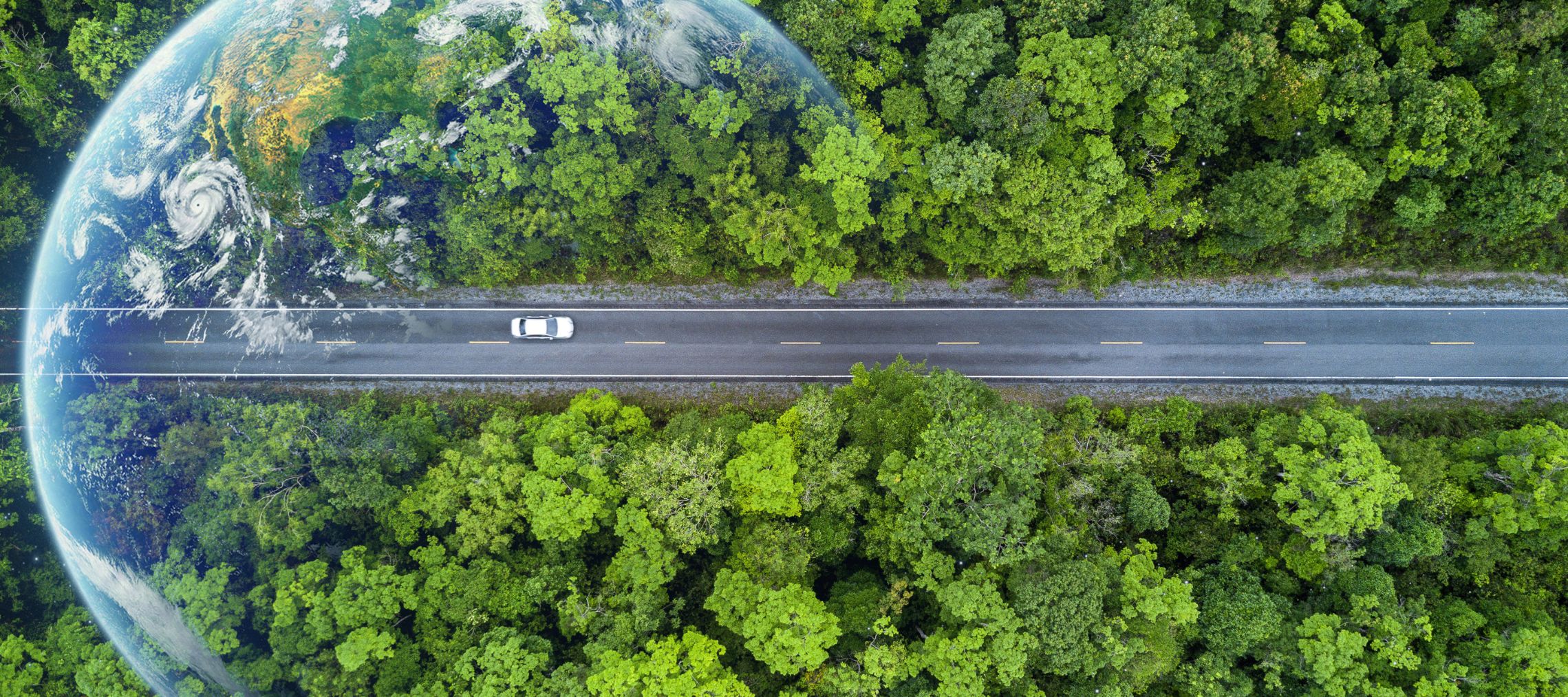Climate adaptation is a dynamic and complex process. This includes risk assessment, adaptation planning, implementation, and monitoring at different scales. Adaptation strategies vary according to specific types of climate hazards, geographical scales, and time frames. However, limited knowledge while dealing with several uncertainties is a major challenge. CSTEP's scientific strategies can help policymakers design and prioritise adaptation measures to meet our climate agenda.


Press Release - CSTEP Study: Southern States of India Set for Warmer Winters, Heavier & More Frequent Rainfall
Changing climate patterns – from warmer summer maximum and winter minimum temperature to heavier and more frequent rainfall – are to be expected across all states in South India, according to a new study by the Center for Study of Science, Technology and Policy (CSTEP).
District-Level Changes in Climate: Historical Climate and Climate Change Projections for the Western States of India
The impacts of climate variability, climate change, and extreme events are visible globally and in India. The Global Climate Risk Index 2021 ranks India seventh, considering the extent to which India has been affected by the impacts of weather-related loss events (storms, floods, heatwaves, etc.). The index signals that repercussions of escalating climate change are exacerbating and can no longer be ignored.
District-Level Changes in Climate: Historical Climate and Climate Change Projections for the Central States of India
The impacts of climate variability, climate change, and extreme events are visible globally and in India. The Global Climate Risk Index 2021 ranks India seventh, considering the extent to which India has been affected by the impacts of weather-related loss events (storms, floods, heatwaves, etc.). The index signals that repercussions of escalating climate change are exacerbating and can no longer be ignored.
District-Level Changes in Climate: Historical Climate and Climate Change Projections for the Southern States of India
The impacts of climate variability, climate change, and extreme events are visible globally and in India. The Global Climate Risk Index 2021 ranks India seventh, considering the extent to which India has been affected by the impacts of weather-related loss events (storms, floods, heatwaves, etc.). The index signals that repercussions of escalating climate change are exacerbating and can no longer be ignored.
Climate Change Could Disrupt Transition to Renewable Energy
The draft Karnataka Renewable Energy Policy 2021-2026, issued by the Karnataka Renewable Energy Development Limited recently, targets developing 20 GW of renewable energy (RE) projects in the state with and without energy storage. The state plans to build RE parks and develop solar, wind, solar–wind hybrid, biomass, waste-to-energy, and mini and small hydro energy projects. Among various projects, the promotion of rooftop and floating solar projects is also planned.
Nature-based Solutions Towards Circular Economy
The concept of 3R (Reduce, Reuse, Recycle) and circular economy is seen as enablers for improving resource efficiency, sustainable use of resources, sustainable economic growth, and social benefits. Circular economy strategies are believed to hold the key to a resource-efficient, low-carbon, and inclusive future. Essentially, these strategies aim to improve the way we meet our current needs but through the use of lesser resources (particularly natural) and by reducing the environmental impacts, including greenhouse gas (GHG) emissions.
To Stay Afloat, India Needs to Adapt
The Intergovernmental Panel on Climate Change (IPCC) sixth assessment report (AR6) of working group 1 — ‘The Physical Science Basis’ has reinforced our worst fears about the state of climate. The signs of climate change have been visible for some time now. Extreme events in different parts of the world — heat waves in North America, floods in Europe and Asia, and droughts in Africa — have left a trail of destruction and death, challenging the disaster management systems in place.
Reclaim and Restore Our Lands
This year’s World Environment Day urges us to heal our ecosystems — geographic areas where organisms live in conjunction with the surrounding environment, interacting as a system (like marine-ecosystem, forests, grasslands, and wetlands) — through a pledge to “Reimagine. Recreate. Restore.” It also kicks off the UN Decade on Ecosystem Restoration (2021–2030).